Given is 3-to-8 decoder. There is 3 selection lines C, B, A (C=MSB and A=LSB) and one enable input. In total here are 16 adresses.

So first we're going to discuss only EN_A.
How many address ranges are there in which the above address decoder activates the line EN_A? Can someone explain me how can I see that?
If EN_A active is, what is beginning & ending address? How big is the address range?
Address lines - A15 A14 A13 A12 A11 A10 A9 A8 A7 A6 A5 A4 A3 A2 A1 A0
Y3
EN_A - Start Address - 0 1 1 0 0 0 0 0 0 0 0 0 0 0 0 0 -> 6000h
EN_A - End Address - 0 1 1 1 1 1 1 1 1 1 1 1 1 1 1 1 -> 7FFFh
7FFFh-6000h -> 2^13 = 4kiByte
Is this good?
Also if we have EN_B is this adress going to be calculated the same (if my solution is good) because I'm little bit confused with the enable input of the second decoder?


